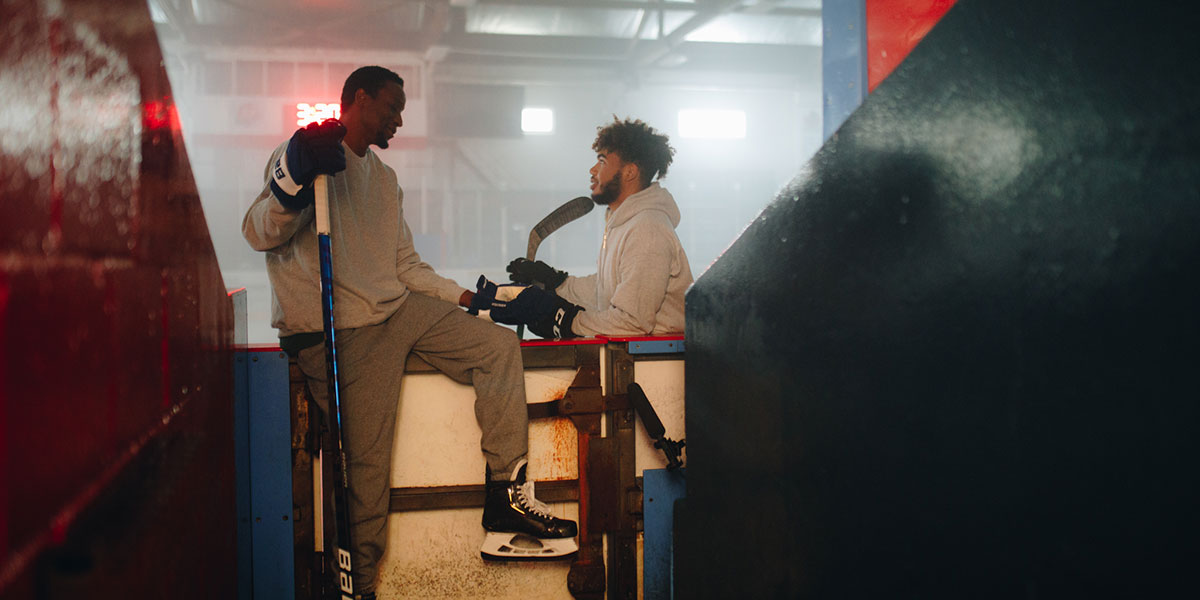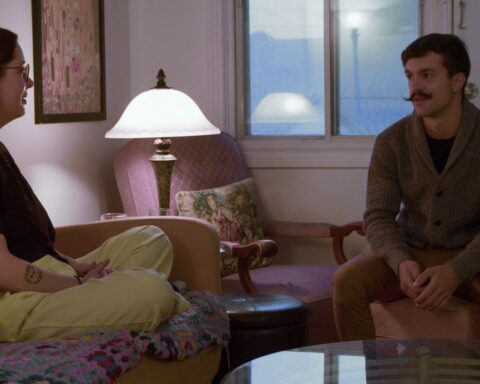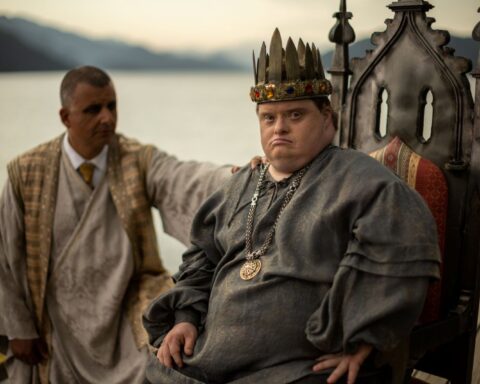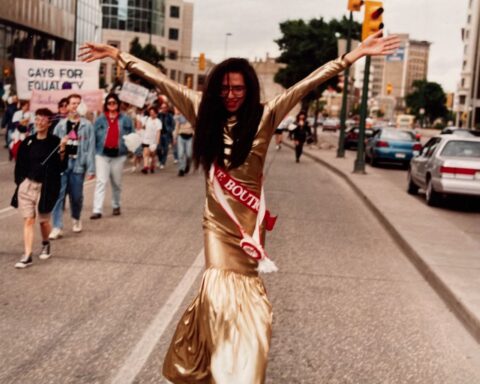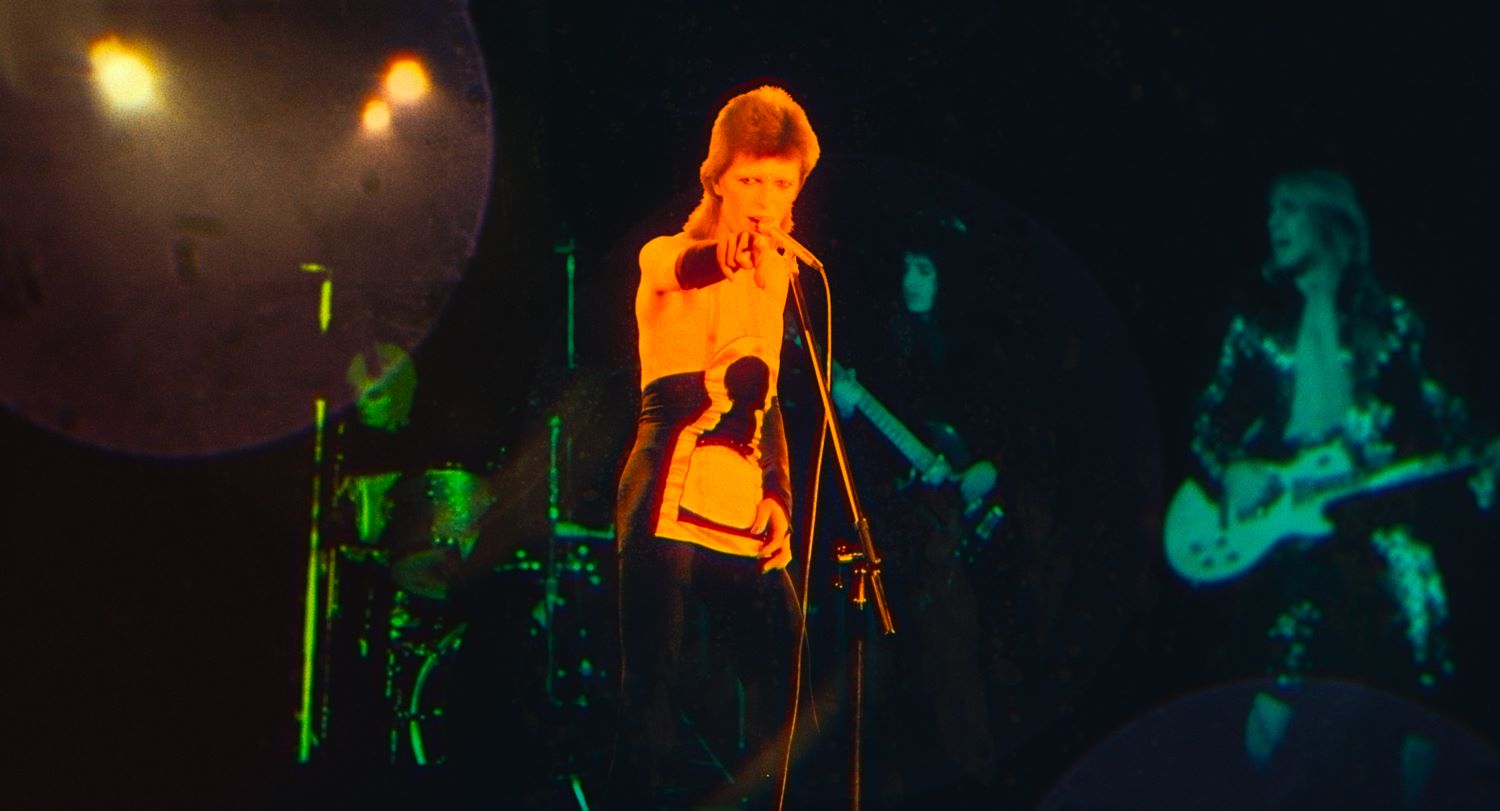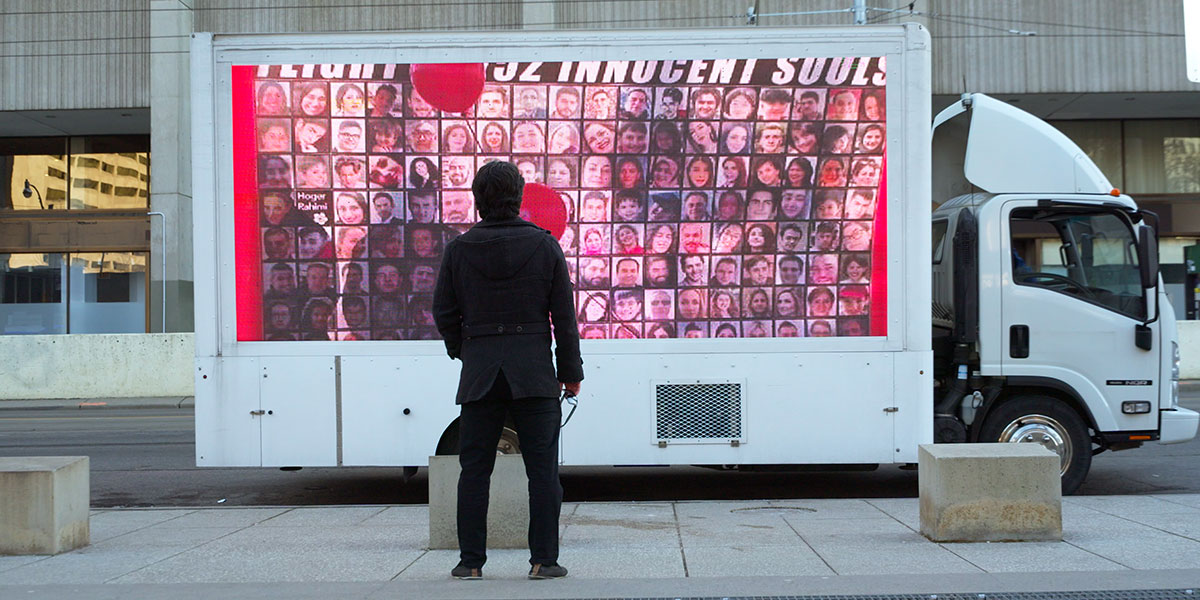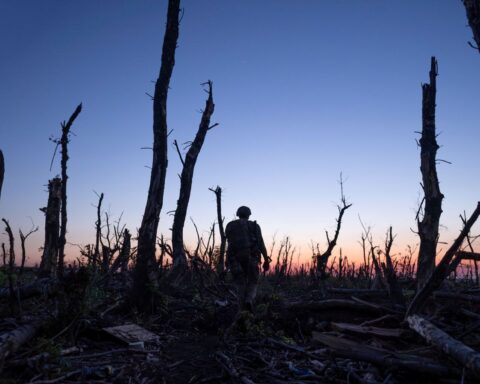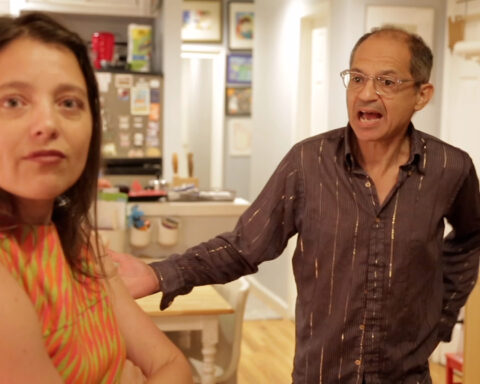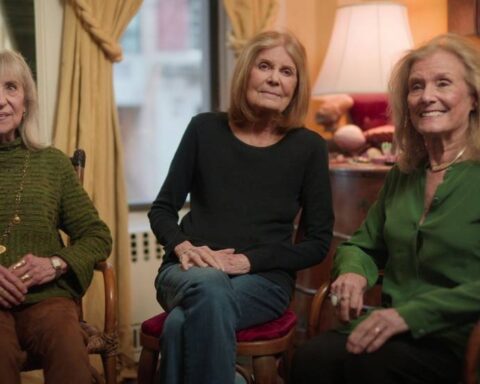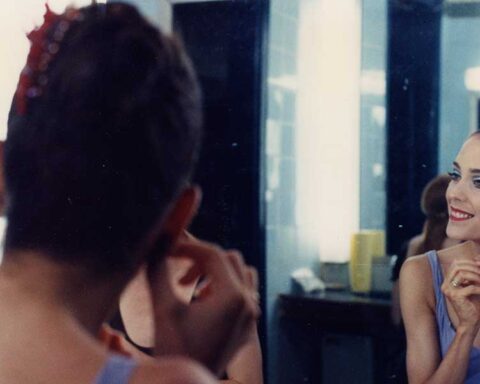There is more to the first shots of the documentary Black Ice than the cold, icy landscape.
Beyond the icy winter is the warmth of joy. Young, happy Black children, oversized hockey equipment, the cutting of rink ice and the gliding of a puck. The film, directed by Hubert Davis and produced by LeBron James’ SpringHill Company, Drake’s DreamCrew Entertainment, and Uninterrupted Canada, explores hockey through the sights and sounds of those who care about the game and its history—not just children, but pro players, coaches, and builders of the game and community members from far and wide.
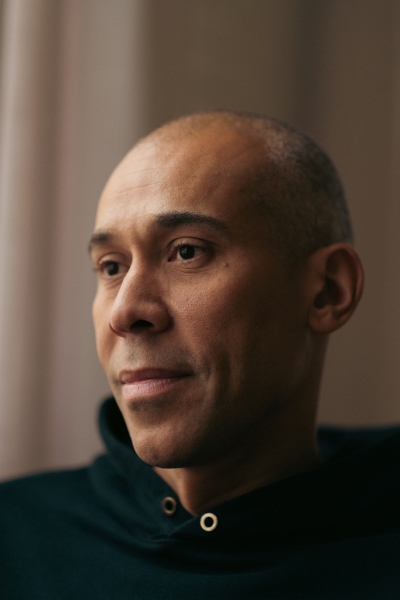
Inspired in part by the book Black Ice: The Lost History of the Colored Hockey League of the Maritimes, 1895-1925, the film delivers rich insight and detail that is rarely spoken about in mainstream media circles. Even the Black Ice authors, George and Darril Fosty, speak at length about their work in the film, how they stumbled upon the subject and uncovered its facts.
Black Ice interrogates the myth-making that has defined hockey and how it supports the Canadian identity. The Fostys’ insights, and those of everyone on screen, cut like a skate on a fresh ice sheet into the sport’s long relationship with racism, sexism, and economic barriers. It cross-cuts into policies that have harmed communities; kept many Black people, women, and others out of the sport or feeling unwelcome; and created behaviours that have bred violence for players, parents, and community members alike.
There’s no clearer example than the presence and erasure of Africville, a primarily African Nova Scotian neighbourhood and community in the North End of Halifax (on the shores of Bedford Basin). In this locale, but truly across the Maritime region, hundreds, if not thousands of African Nova Scotians came together, taking to ponds and makeshift rinks made in fields with buckets and shovels to form the Colored Hockey League. In that league, in full force in the late 19th and early 20th century, hundreds of Black folks made strides that have inspired modern hockey to this very moment. These Maritimers, generations of Black people, present in the province well before the creation of Canada itself, innovated with the sport they loved. Eddie Martin of the Halifax Eureka invented the slapshot way before Boom Boom Geoffrion. A Black goaltender became the first player in his position to leave his feet to handle the puck.
In these spaces, Black communities found economic independence and safe haven from the racism of their white Nova Scotian counterparts, and connected with families across the Maritimes. But through the appropriation over time of Africville’s land for industrial growth, including the bulldozing of homes in the 1960s and 1970s, the district, which was truly the heart of the Colored Hockey League, was wiped out, given no solace for the ambitions of capitalist growth, and overlooked for its role in the lives of African Nova Scotians. In a twist of fate, Hubert Davis found that the last resident of Africville, “Uncle Pa” Carvery, competed in the League.
Davis, the brilliant Toronto-based filmmaker behind the Oscar-nominated documentary short Hardwood (2004) and the critically acclaimed feature Invisible City (2009), wanted to deliver a film that explores the multi-faceted nature of racism, one that would complement his prior work while adding wrinkles to our understanding of the machinery of anti-Blackness.
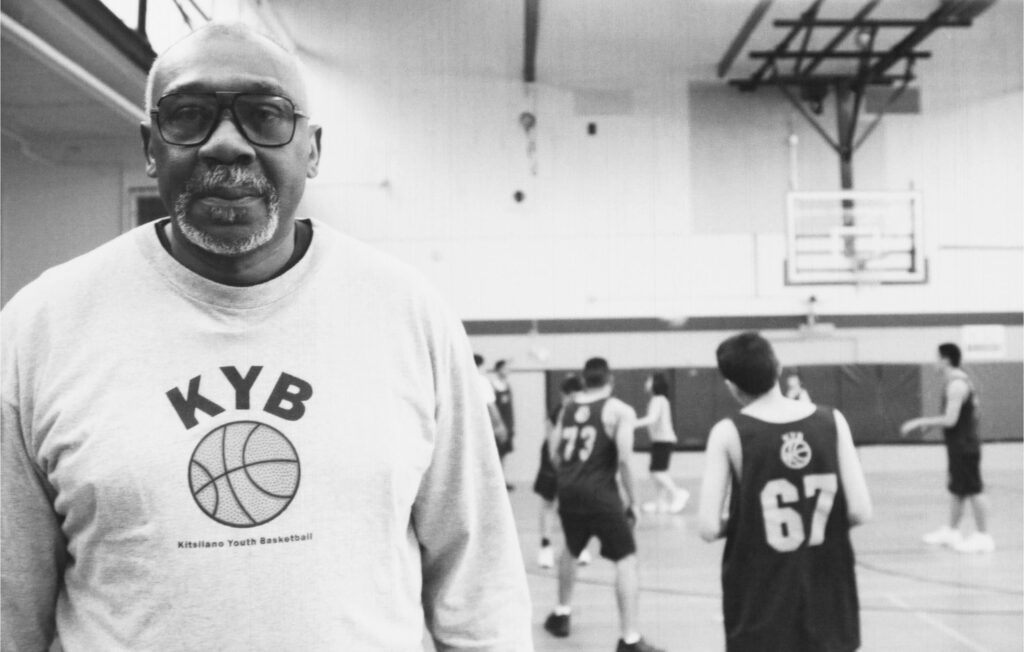
“Hardwood was obviously very personal. It was about the often-disjointed nature of the Black family. Invisible City was very much about this idea of perception—how place defines you, how we define a place in the city, and then how it defines you as an individual growing up in that neighbourhood, how you see it and yourself and others [in relationship] to you.
“With Black Ice, I want the viewer to understand how racism works in a multitude of ways—that racism is not a thing we always talk about in a blatant way. We have to really define it in all the different layers. I think these Black players are in predominately white spaces, they understand it, and they can talk about it in a way that you can understand.”
Davis’ film celebrates the impact of the Colored Hockey League, how many today are continuing to sing its praises, handing over crucial intergenerational knowledge. In one scene, Kirk Brooks, who runs Seaside Hockey, a program that hopes to revive youth hockey in a section of Scarborough, Ontario, reminds the young kids about the significance of the team’s name. In fact, it is named after the Africville Sea-Sides, a mainstay of the Colored Hockey League. Brooks himself calls Halifax his hometown. It is a warm, eye-opening moment with kids who have a hunger for hockey.
Davis and the film’s characters want to change the narrative that anti-Black racism is as evergreen to modern hockey as skates and sticks. That plague has claimed victims over and over, without enough reckoning.
The movie’s narrative is also built around Akim Aliu, a former NHL forward whose explosive interactions with coach Bill Peters in junior hockey marked a turning point in how the public talks about hockey and racism. Black Ice expertly documents Aliu’s story, in his words—from his arrival with his parents to Toronto’s Parkdale neighbourhood; his painful recent effort to rehabilitate his body and resume his hockey career; to his interactions with Peters. It is merely one in what has become a tidal wave of stories that Davis and his producer Vinay Virmani want to put out to the public.
Current pro players including Saroya Sinker, Wayne Simmonds, Blake Bolden, and PK Subban don’t hold back for the film, talking about their experiences of being called the N-word or being described with all the usual stereotypes about Blackness (a lack of leadership skills, an inability to play as forwards, a propensity to act out of line).
Famously, Simmonds, currently a winger for the Toronto Maple Leafs, was once pelted with a banana after scoring a shootout goal to decide an exhibition game in London, Ontario in 2011. During that saga, the media insisted that there was no direct evidence that the culprit, who pleaded guilty in court, actually committed the act.
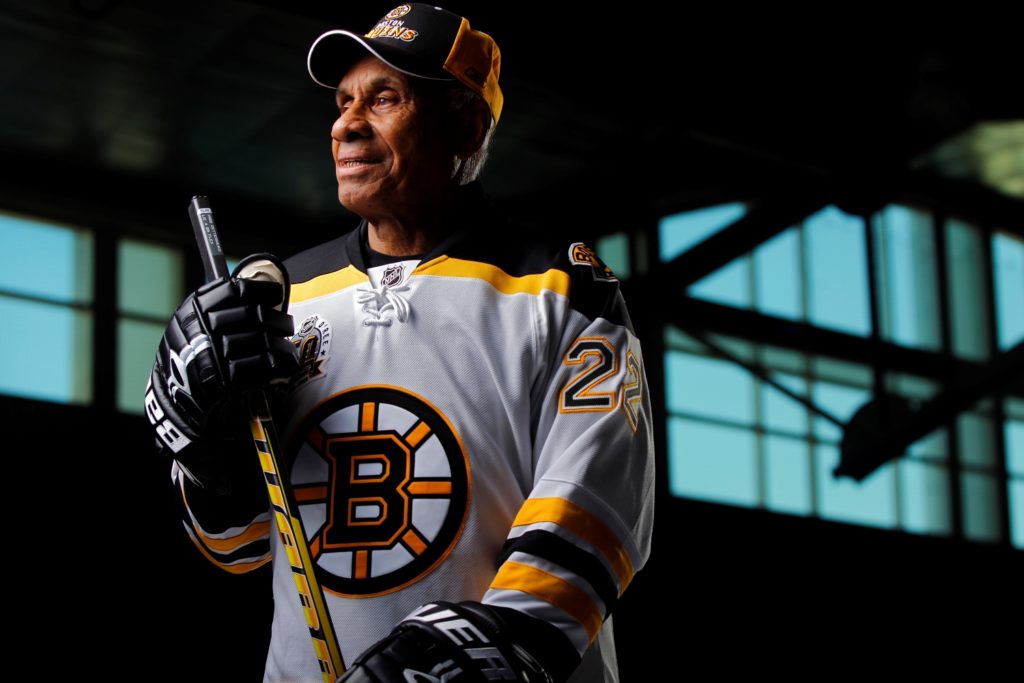
Hockey greats appear throughout Black Ice. We hear audacious stories from the mouth Willie O’Ree, the NHL’s first Black player, and the loved ones of Herb Carnegie, the best player to never play in the NHL, which outline a 20th century filled with racist narratives. And throughout the film, experts like McGill professor Debra Thompson and sports journalist Cecil Harris tie together the many story threads, arguing for a more thorough examination of deliberate and systemic modes of anti-Black racism.
Community members from Africville, including Stanley, Irvine Carvery, Lynn Jones, and Craig Smith, take the shameful story back to their neighbourhoods, outlining the discrimination that has affected their kids and their neighbours over time, including the continued lack of care or support for Africville, which remains a struggle. Thompson smartly explicates the deeply interwoven context of systemic racism within the sport.
The movie also gives space for young people to speak bravely and encourages their growth. Wayne Connors, a teenaged goaltender from Halifax, was called the N-word in a scuffle with an opposing player during league play in 2021. It was the latest barb thrown at the goalie, and the culprits were held by the hand and protected by local hockey institutions.
Virmani, who wrote and starred in the comedy Breakaway (2011), a fictional film about South Asian hockey players, knew that Davis and the team had to get this film just right. And there was certainly a lot to get right, he says: “Making sure that we honour the legacy [of the Colored Hockey League], that we tell it properly, accurately, that we’re respectful about the experiences that these players are opening up to with this and that we contextualize it properly. And that we contribute to a much larger conversation.”
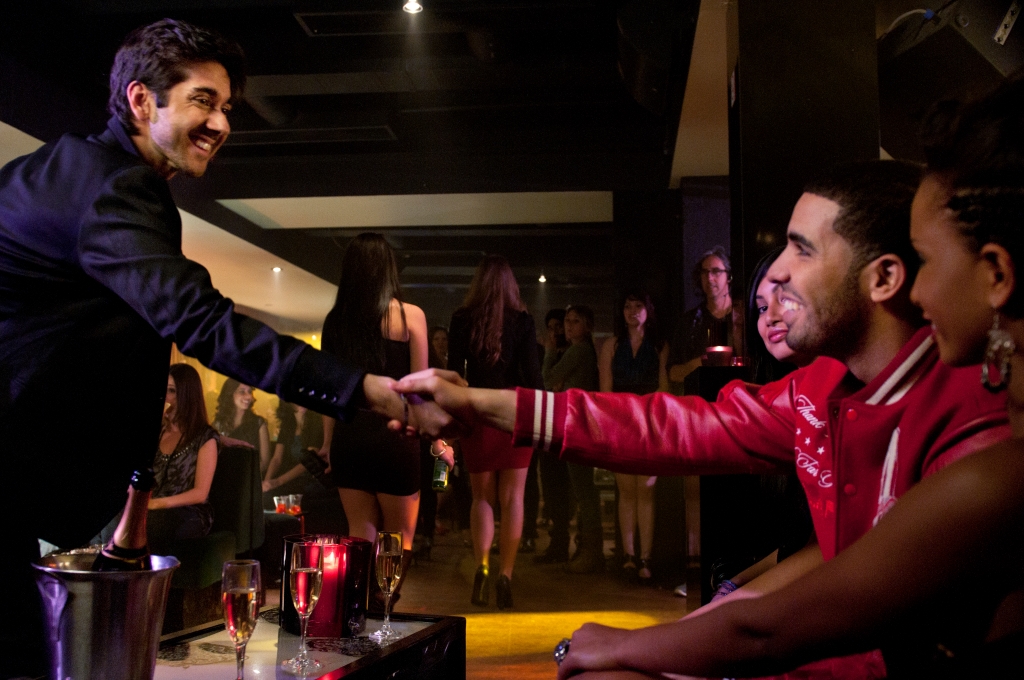
Virmani hopes the audience takes away multiple elements to inform the way forward. “First of all, it’s about acceptance. It’s about conversation. It’s about education. It’s about questioning—questioning your history, questioning who are the gatekeepers [of hockey],” he said. “It’s about challenging that. I hope they [the audience] take that away, [and that] they just look at the sport differently.
“I hope that they look at the community differently [and see that] these stories matter, that every story matters. There’s a lot of takeaways, totally, but I think from a sport level, this cannot be Canada’s game if it doesn’t reflect [the people who live here].” Davis, Virmani, and their crew accomplish this, and are also active in carrying an intergenerational baton to the proceedings, with young voices like Connor’s and Aliu’s supporting the stories of O’Ree and Carnegie.
Black Ice is brave, and brings forth a truth that could be the starting point for further exploration. In making the film, Davis wanted to inform but also challenge his audience and shift the conversation.
“I’ve heard a director talk about the ‘white gaze.’ Who is the audience? Who’s the film for?” he says. “I think this film has to challenge you. I think I haven’t done my job if you don’t feel challenged, or uncomfortable. I think that’s the very nature of what this topic is about.”
Prof. Thompson speaks about a technique that she uses in her classes on the politics of race and the dynamics of racial inequality in order to put students at ease and set the tone for further discussion. She uses simple examples of stereotypes, and shows how they work and how we all do it.
Davis was inspired by Prof. Thompson’s technique. “What if you didn’t try and hit people over the head at the beginning, but actually just drew them in through personal stories? And then you were able, through those personal stories, to show something bigger?”
Otherwise, he doesn’t believe anything will really change. He says that one of the film’s interviewees speculates about a future “Black History Month, and we’re gonna have these puck drops, and we’re gonna bring people out and everyone’s gonna applaud and whatever.
“And she was like, ‘Is that change?’”




